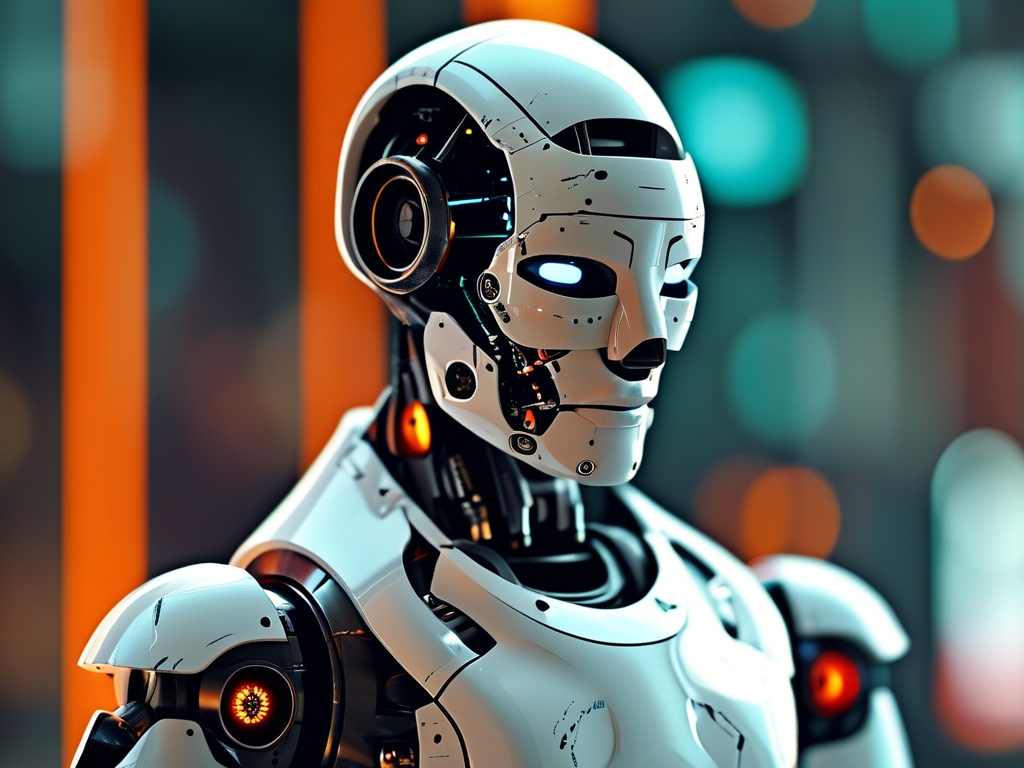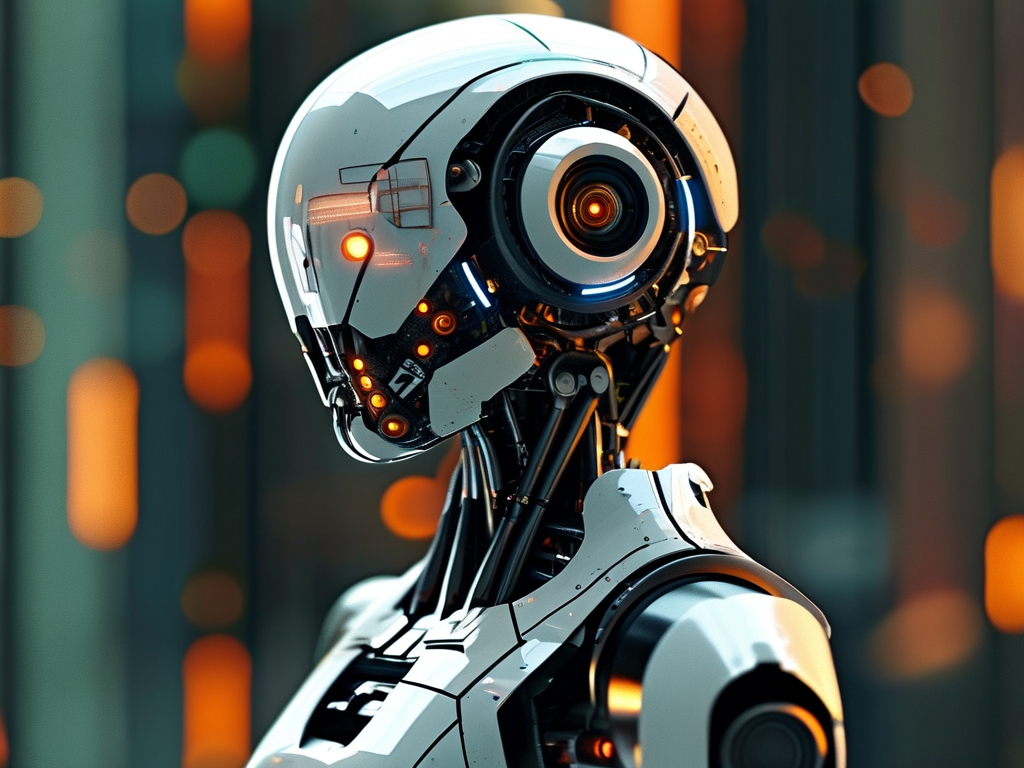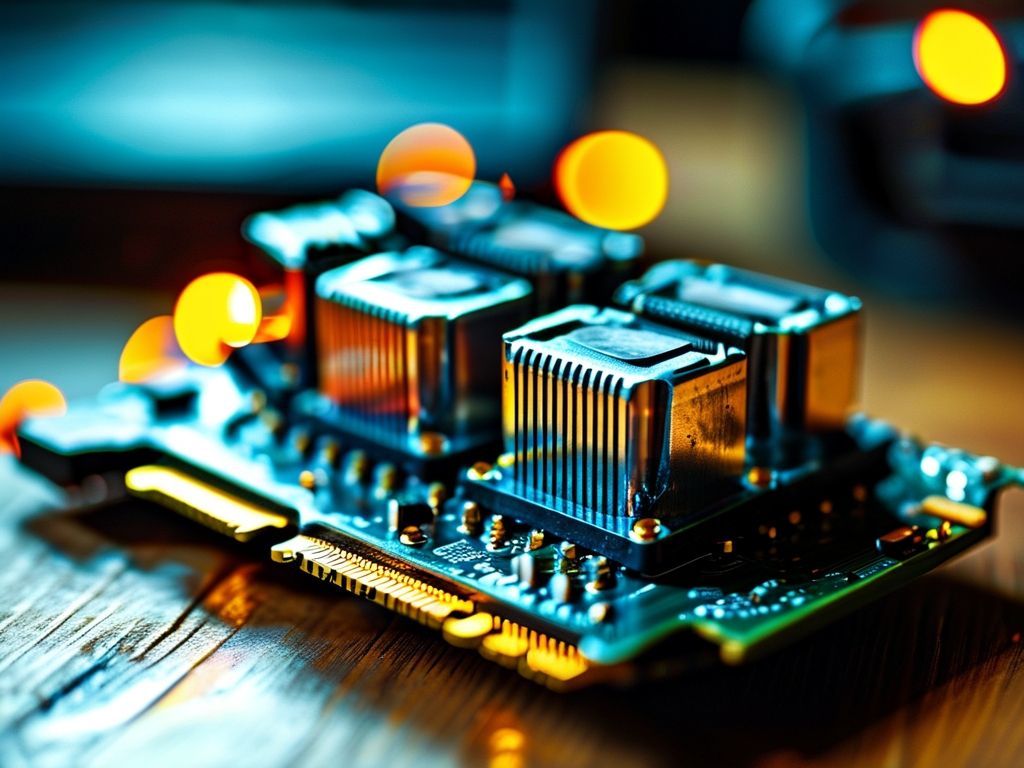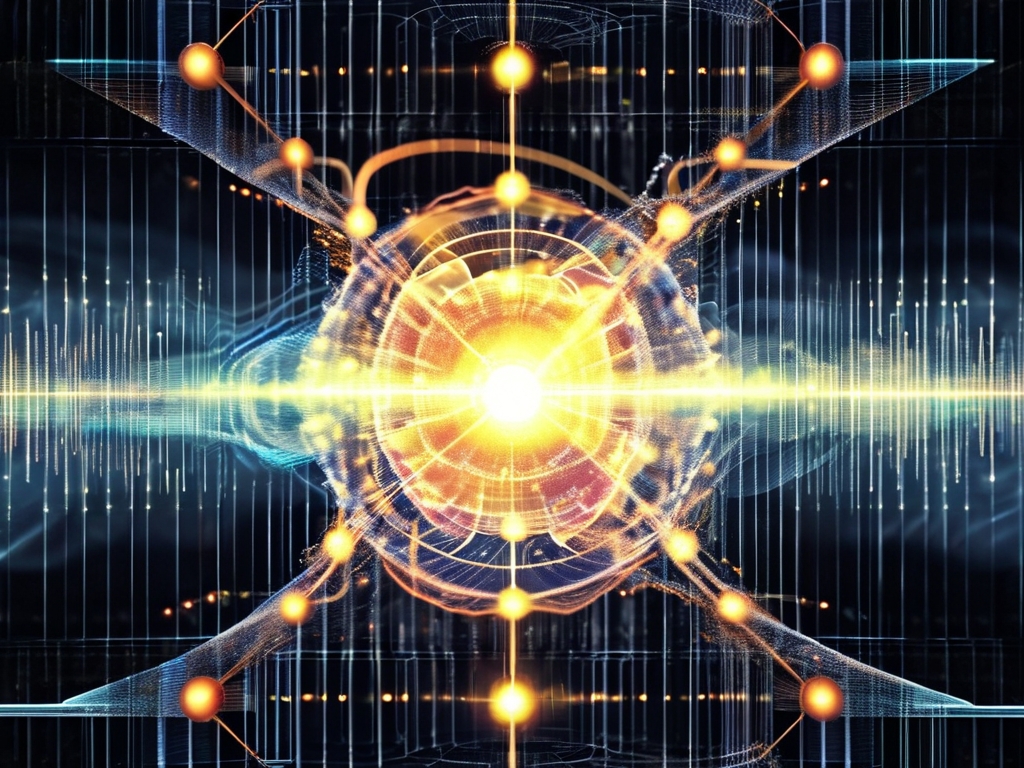Humanoid technology robots, designed to mimic human form and behavior, represent one of the most groundbreaking advancements in artificial intelligence (AI) and robotics. These machines, equipped with lifelike limbs, facial expressions, and cognitive capabilities, are redefining industries, reshaping human interactions, and challenging our understanding of what it means to coexist with intelligent systems. This article explores the evolution of humanoid robots, their current applications, ethical implications, and their potential to transform society.
The Evolution of Humanoid Robotics
The concept of humanoid robots dates back centuries, from ancient myths of artificial beings to Leonardo da Vinci’s mechanical knight. However, modern advancements began in the mid-20th century with the integration of computing power and sensor technology. Early prototypes like WABOT-1 (1973) demonstrated basic locomotion and communication, while Honda’s ASIMO (2000) marked a leap forward with dynamic walking and object recognition. Today, robots like Boston Dynamics’ Atlas and SoftBank’s Pepper showcase unprecedented agility, emotional recognition, and contextual awareness, driven by machine learning and neural networks.
Core Technologies Behind Humanoid Robots
Humanoid robots rely on a synergy of hardware and software innovations:
- AI and Machine Learning: Deep learning algorithms enable robots to process natural language, recognize faces, and adapt to environments. For example, OpenAI’s GPT-4 has been integrated into robots for real-time decision-making.
- Biomechanical Design: Actuators and joints replicate human movement, while materials like carbon fiber ensure durability. Tesla’s Optimus robot, for instance, uses a modular design for customizable tasks.
- Sensory Systems: Cameras, LiDAR, and tactile sensors allow robots to “see,” “hear,” and “feel.” Sophia the Robot, developed by Hanson Robotics, uses cameras and AI to simulate eye contact and emotional responses.
- Ethical AI Frameworks: To prevent bias or harm, researchers are embedding ethical guidelines into robotic decision-making processes.
Applications Across Industries
Humanoid robots are no longer confined to labs—they are active participants in diverse fields:
- Healthcare: Robots like Moxi (Diligent Robotics) assist nurses by delivering supplies, while exoskeletons help patients regain mobility. During the COVID-19 pandemic, humanoid robots sanitized hospitals and reduced human exposure.
- Education: In Japan, robots like Nao teach programming to children, offering personalized feedback. Universities use them to simulate social scenarios for psychology research.
- Customer Service: Hotels employ robots like Connie (Hilton) to greet guests and answer queries. In retail, humanoids guide shoppers and manage inventory.
- Disaster Response: Robots such as Japan’s HRP-2 navigate debris to rescue survivors in earthquakes or nuclear accidents.
Ethical and Societal Challenges
The rise of humanoid robots sparks complex debates:

- Job Displacement: Automation threatens roles in manufacturing, retail, and logistics. While new jobs may emerge, reskilling workforces remains a critical challenge.
- Privacy Concerns: Robots with facial recognition could enable mass surveillance, raising questions about data security.
- Emotional Dependency: As robots become more lifelike, humans might form unhealthy attachments, blurring lines between tools and companions.
- Moral Agency: Who is responsible if a robot causes harm? Current laws lack frameworks to address robotic autonomy or accountability.
The Future of Humanoid Robotics
Experts predict that by 2040, humanoid robots could become ubiquitous household assistants, caregivers for the elderly, and even companions. Advances in quantum computing and neuromorphic engineering may enable robots to achieve human-level cognition. However, this future hinges on collaboration between engineers, ethicists, and policymakers to ensure equitable access and prevent misuse.
Humanoid technology robots are not merely tools—they are a mirror reflecting humanity’s aspirations and fears. As we stand on the brink of a robotic revolution, the challenge lies in harnessing their potential while safeguarding human dignity. By fostering innovation with empathy, we can build a future where humans and robots coexist, complementing each other’s strengths and redefining progress.






